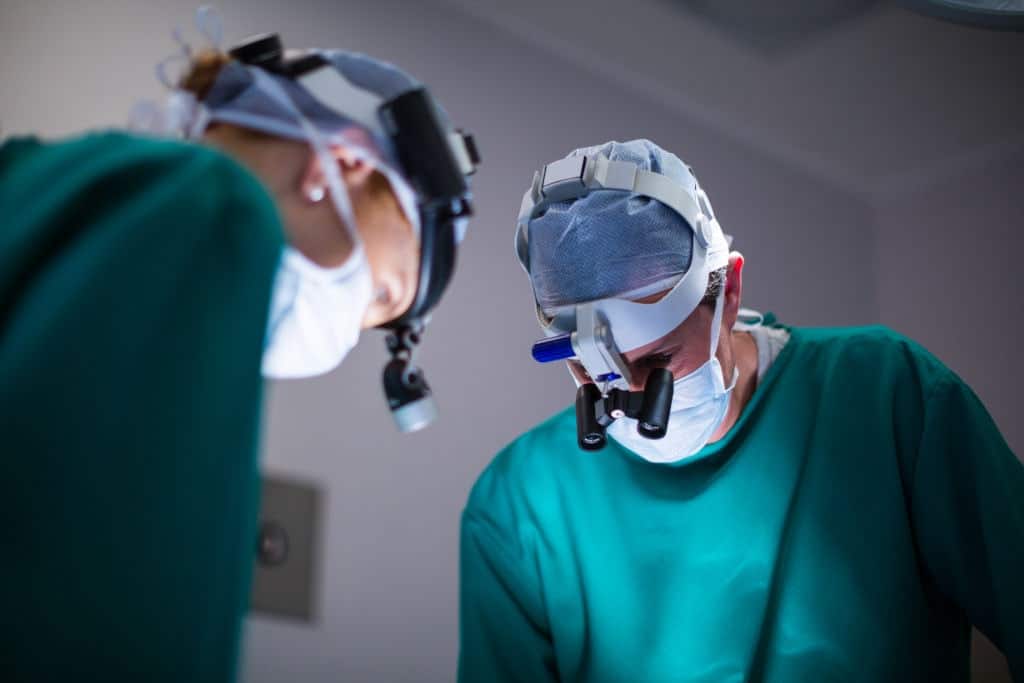Pain management after major injuries is an essential aspect of patient care and is achieved through varying means. Sometimes, with continuous medication and physical therapy, the patient can get to a point where they will experience complete ease. In some instances, however, the communication of pain signals to the brain is interrupted to ensure the patient enjoys better life quality. One of the first steps towards this method of pain management is diagnosis via medial branch block.
What is a Medial Branch Block?
A medial branch nerve block is a procedure that entails injecting anesthetics close to small medial nerves that are linked to a particular facet joint. Usually, many levels of the spine are injected at once.
If the patient notices a significant decrease in pain immediately after the injection, the facet joint has been identified as the patient’s pain-causing component.
The technique is primarily diagnostic. However, if the patient experiences adequate pain reduction following the medial branch nerve block, they may qualify for a further operation. This is termed a medial branch radiofrequency neurotomy (or ablation) for longer-lasting pain relief.
When a patient’s pain has been identified as coming from a facet joint by a medial branch nerve block, a radiofrequency neurotomy may be an option for longer-term pain treatment.
A radiofrequency neurotomy is a form of injection operation. In this procedure, a heat lesion is made on the nerve that sends the pain signal to the brain. A radiofrequency neurotomy aims to stop the brain from receiving pain signals while maintaining other functions, including normal feeling and muscle strength.

Can A Medial Branch Block Cause Harm?
A medial branch block on its own does not cause harm. However, it will help the patient’s diagnosis and reach a more comprehensive treatment method when done correctly. The only instance when a medial branch block may cause harm is when it is wrongly administered.
Usually, when a medial branch block is administered, the needle has an electric pulse that sends out little waves of energy. The electric pulses will hit the nerves. Hence, traveling down the extremities as the doctor pushes deeper into the limb and closer to the bundle of nerves.
When a doctor is sufficiently close to a nerve, they will see that the patient’s fingers or toes start to twitch more quickly. Hence, indicating that the nerve block is close enough to the nerve to start working.
The obvious danger is a nerve strike. If that nerve is hit, its sustained damage could render it permanently inoperable. Additionally, it could result in a neuroma that hinders its functionality.
Case References
Another danger of administering the medial branch block is the risk of erroneously hitting the subarachnoid space. An excellent example of an instance when this happened was in the case of a 45-year-old woman.
In this case, the woman sustained neck and back injuries during a vehicular accident. While undergoing treatment, she underwent a medial branch block improperly made into the subarachnoid space.
This medical malpractice led to the worsening of her spinal nerve injury. By the end of the case, she was able to recover $620,000.
Aside from the subarachnoid space, the needle may puncture the spinal cord, directly causing significant complications. This was seen in Sappington v. Southern Pain and Anesthesia Consultants, L.L.C.
In this case, the anesthesiologist punctured the plaintiff’s spinal cord with a needle. He injected anesthetic medication into it while administering medial branch block injections. This medical malpractice caused the plaintiff to suffer a cerebrospinal fluid leak.
Apart from those stated above, a nerve block surgery can go awry for other reasons. This can include injecting the medication into the wrong area of the muscle or other structures that could be caustically damaged by it. It could also be caused by injecting too little or too much of the medication.

How To Portray Medial Branch Block Malpractice Using Medical Animation
Medical animation can function significantly in a medial branch block malpractice case in two major ways. The first way is through the portrayal of the malpractice itself and how it caused the injury the plaintiff is currently facing or led to the complication requiring further treatment.
The best way to portray the malpractice is by first giving an animation of the expected administration process. After the jury has seen the standard procedure, they won’t need any unique prompts to recognize the misstep made by the doctor and how it would have caused the harm being complained about by the plaintiff.
After the procedural rundown, it would be good to showcase the exact error the anesthesiologist made during the administration.
The second way medical animation can come in handy is by showcasing the plaintiff’s injury after the medical malpractice. Again, this aspect cannot be overemphasized. It plays a massive role in determining the compensation that will be awarded to the wronged party.
Essentially, the animation would give a general overview of the injury and the extent to which it will affect the victim’s lifestyle, overall health, relationships, and earning potential.
Conclusion
A medial branch block can be life-changing when done correctly with adequate care. However, when the anesthesiologist does not live up to the standard of care and causes harm to the patient, medical animation can portray how the malpractice occurred, the harm already caused, and future complications.
In order to get a well-detailed medical animation like this, it is essential to sign up with a transcendental medical animation company.
Fox-AE is a medical animation company that provides tailor-fit medical animation services in all medical cases, including medial branch block malpractices. In addition, we help give ample visualization to otherwise obscure, complex, and challenging cases.
We work closely with attorneys and expert witnesses to ensure that we create admissible demonstrative exhibits.






